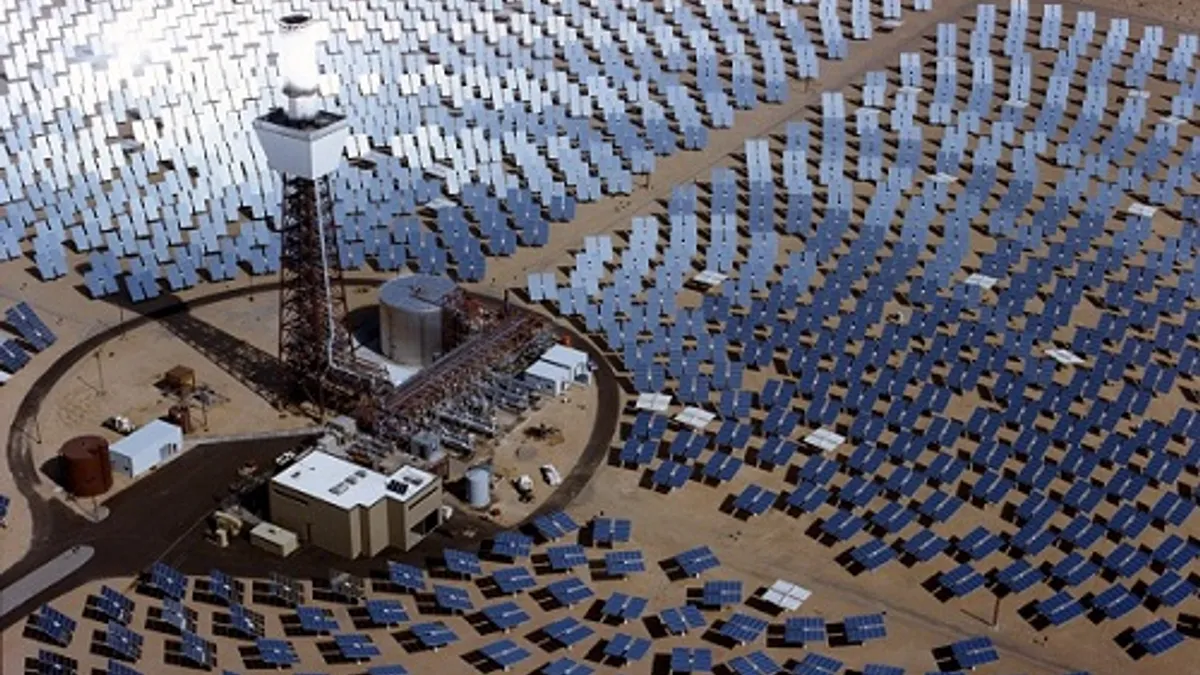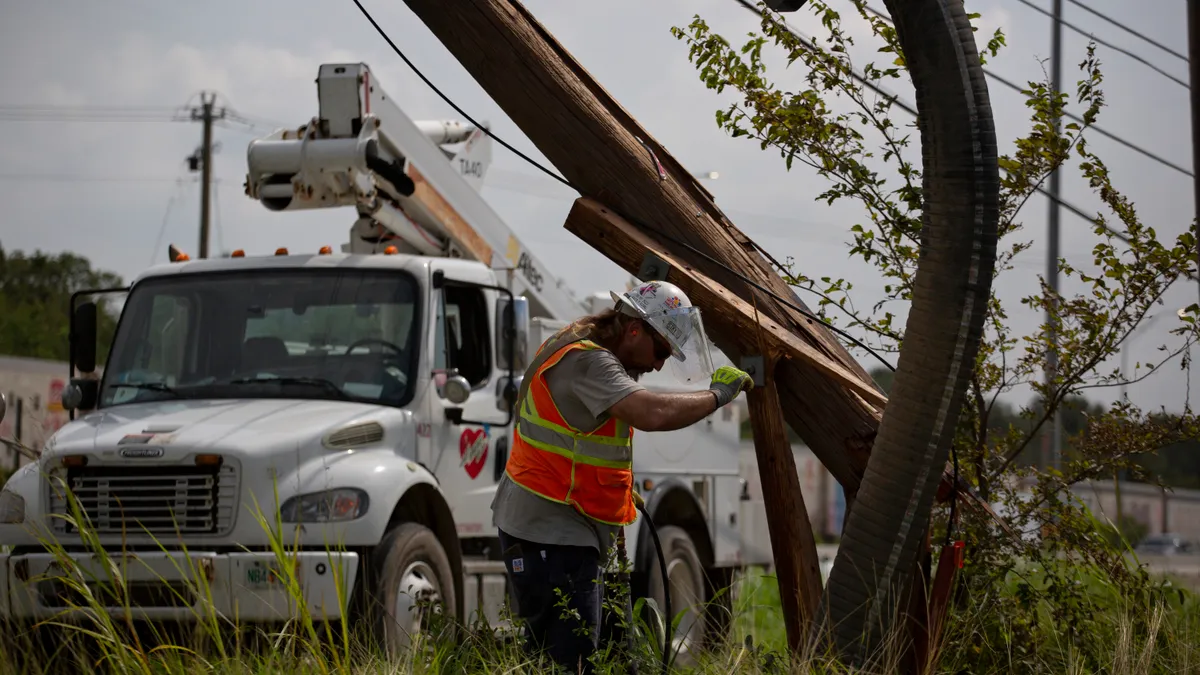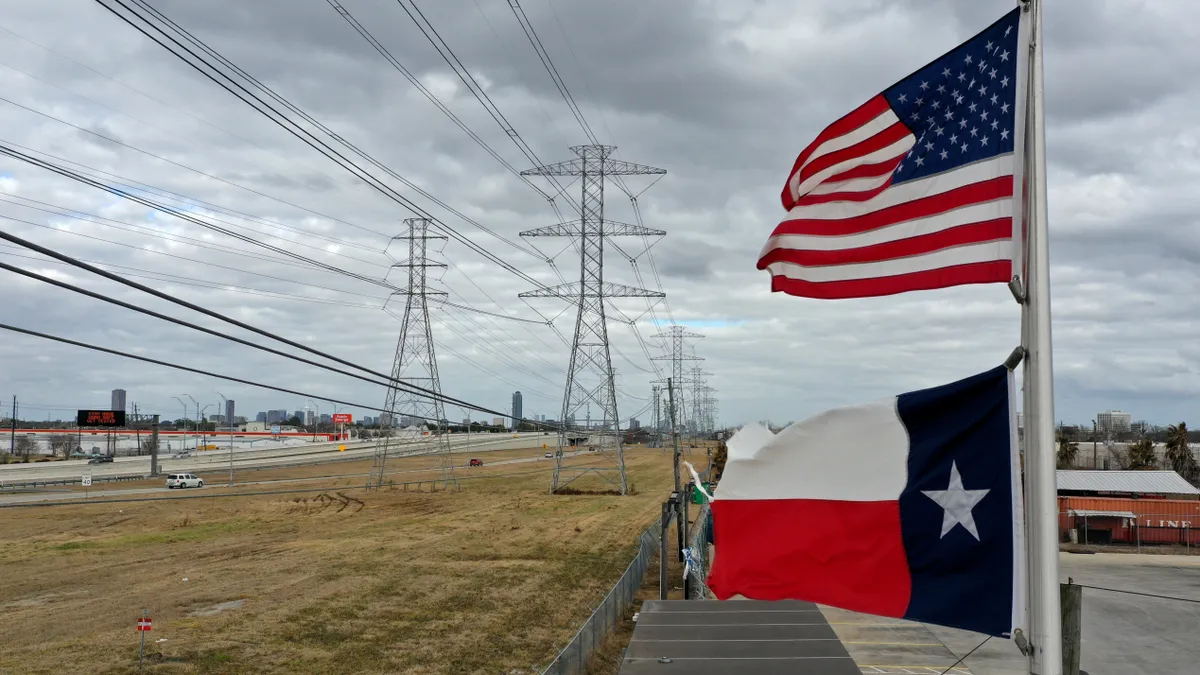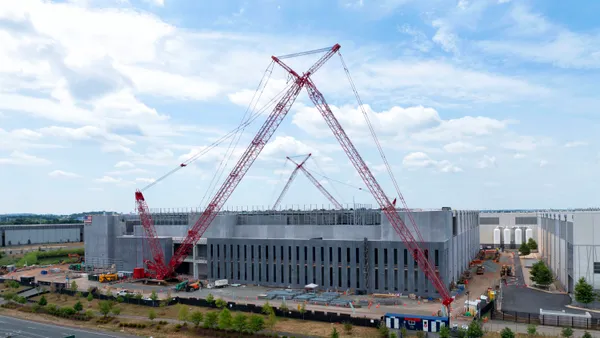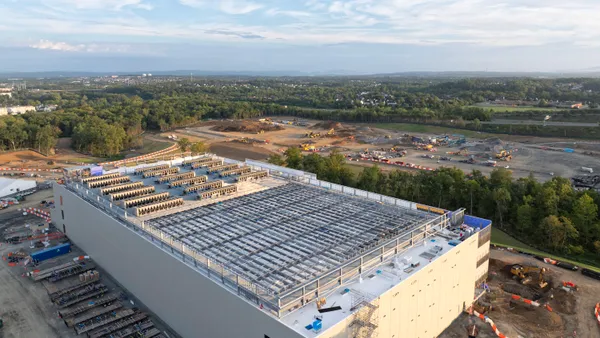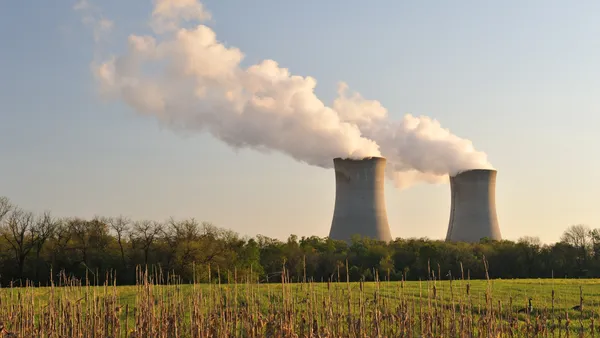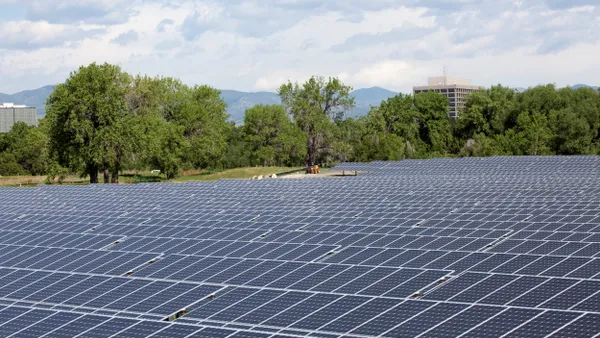Dive Brief:
- The Colorado Energy Office and GRID Alternatives last month announced five community solar projects aimed at serving low-income households while demonstrating a workable business model, Clean Technica reports.
- The projects will total 579 kW, and each is designed to optimize the community solar model to reduce energy costs for customers who spend more than 4% of income on utility bills.
- The projects will be developed in rural areas by Delta Montrose Electric Association, Gunnison County Electric Association, Holy Cross Energy, San Miguel Power Association and Yampa Valley Electric Association.
Dive Insight:
Continuing to grow solar energy resources will ultimately mean finding ways for all utility customers to have access, not just those with a perfect roof or credit score, according to Colorado stakeholders.
"Colorado has always been a leader in renewable energy, and now we take another innovative step forward as we create community solar models that are more affordable and available to Colorado rural electric cooperatives and the low-income communities they serve," Colorado Energy Office (CEO) Director Jeff Ackermann said in a statement.
Last August, CEO tapped GRID Alternatives with a $1.2 million grant to implement low-income community solar, which it used to attract resources from partnering utilities, private funds and in-kind equipment donations.
"We have seen a tremendous groundswell of hard-working families wanting solar and the benefits it brings," said Chuck Watkins, executive director of GRID Colorado. "These community solar projects not only provide solar access - they have a community impact. GRID brings savings to families that need it most, job training in a fast growing industry and clean, renewable energy that benefits everyone."
Each utility's project will use a slight variation on the low-income community solar model to address the needs of rural utility service areas and their customers. And CEO and GRID Alternatives said they expect to secure additional partnerships with utilities through 2017 to install 1 MW of combined solar energy for a minimum of 300 low income subscribers.
"Working to provide access to locally generated and renewable energy for all of our members, regardless of their income, is part of what we consider the cooperative difference," said Delta Montrose Electric Association CEO Jasen Bronec.
A National Renewable Energy Laboratory report last year said community-shared solar can equalize access to renewable energy among lower-income ratepayers, with GTM Research estimating 59% annual growth for community solar over the next five years to reach an annual capacity addition of 500 MW and a cumulative installed capacity of 1,800 MW in 2020.



